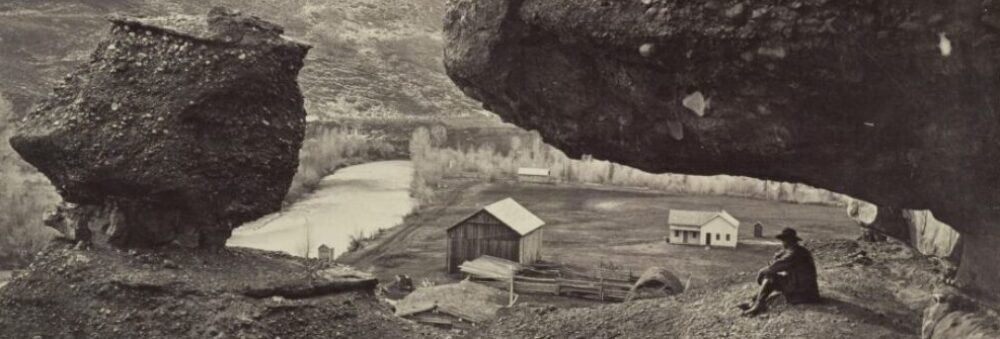Philip Ashton Rollins ’89 donated his Collection of Western Americana to the Princeton University Library in 1947. Yet nearly twenty years earlier Rollins gave a gift to the library of far greater value. On March 28, 1930, Mr. and Mrs. Rollins gave a dinner party at the Union Club in New York City with the sole intent of forming a Friends of the Library group at Princeton. The dinner invitations included an elegantly printed notice of Rollins’s intentions:
To meet with other Princetonians and friends who are sympathetic with an attempt to duplicate at Princeton the movement which, well established at Harvard, is there known as Friends of the Library. University officers and professors will explain the movement which, to speak bluntly, is in no sense a money raising one. It is books and the friends of books.
Thus the Friends of the Princeton University Library was born. Mr. Rollins served as the first Chairman of the Friends and oversaw the formation of the Friend’s circular, Biblia, in 1930 (the first issue included a transcript of a recent purchase by Rollins, a collection of manuscript notes made by Walt Whitman during a trip out West). Rollins contributed the opening essay as well, which clearly stated the purpose of the Friends:
The aim of the association is the obtaining of printed and manuscript material for Princeton, doing this indirectly through creating an intimate acquaintance between Princeton’s Library and such Princetonians and other sympathetic folk as may desire the Library’s betterment. Lovers of books can, by making or inducing gifts of volumes, do much to strengthen Princeton.
The Biblia was primarily devoted to library business matters, and in 1939 it was supplemented with a new publication, the Princeton University Library Chronicle. The Chronicle, which has remained in publication ever since, is an inter-disciplinary journal whose mission is to publish articles of scholarly importance and general interest based on research in the collections of the Princeton University Libraries. Today the Chronicle is published three times a year (Autumn, Winter, Spring), under the sponsorship of the Friends of the Princeton University Library, and it is the best introduction to the history of the Department of Rare and Special Collections and its holdings. Two issues in particular provide a very thorough account of the history of the Princeton Collections of Western Americana, Volume 9, Number 4 and Volume 33, Number 1. Volume 67, Number 2, (available here) is a 2006 issue in honor of Alfred L. Bush, Princeton’s first Curator of Western Americana.
Combined, Biblia and the Chronicle contain approximately 50 articles devoted to the history of the American West as told through Princeton’s Collections of Western Americana. A compiled list of these WA articles, as well as links to online PDFs, can now be found at the following URL: blogs.princeton.edu/westernamericana/pulc




















